The roots of plants growing hydroponically are on display, because they grow in a water solution and not in the soil. This means you will notice if they change color, which should not necessarily be a cause for concern, but which can make you pay more attention to them.
Plants that grow hydroponically have pale roots that grow in a water solution containing the essential nutrients. If there is not enough oxygen in the water, bacteria and fungi can grow and the roots can develop root rot. One of the signs of this can be the roots turning brown and then black.
In this post, we unpack how hydroponic roots can change color, or develop root rot. To set the scene, begin by reading an overview of hydroponics.
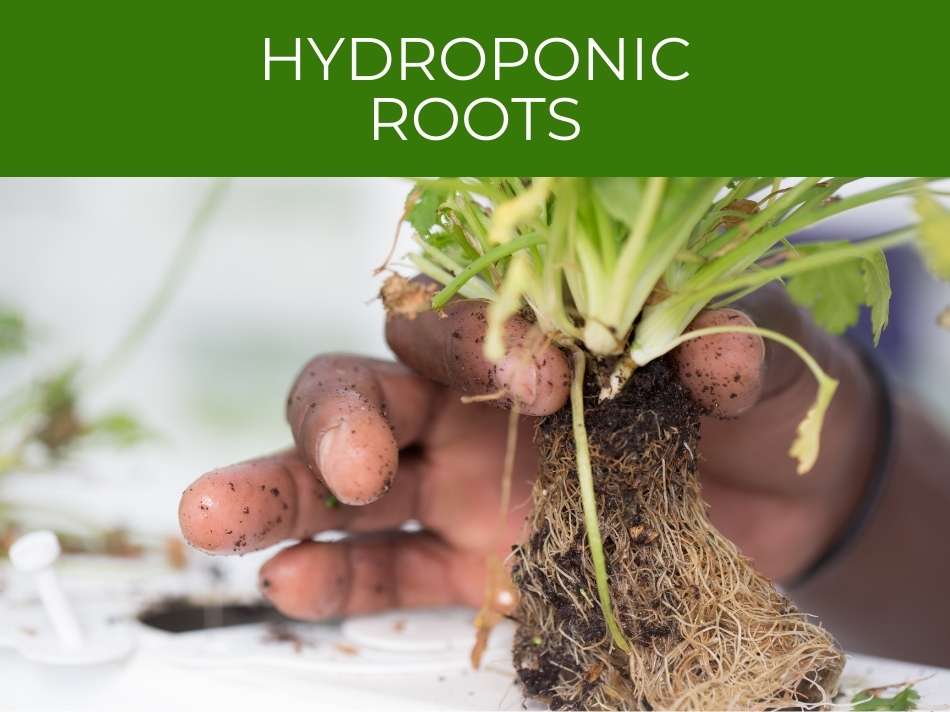
Hydroponic roots
The roots of plants that grow hydroponically spend all their time in water. They are pale, but can discolor. If the roots could turn brown, it could be a sign of rot setting in. If they turn green, it can be that they are covered in algae.
In a hydroponic system, the plant does not grow in soil, the roots must be allowed to reach into a substrate, such as perlite, coir or gravel.
There are some plants that have aerial roots, which are used to growing in the light.
If these plants are grown hydroponically, they can be exposed to the sun.
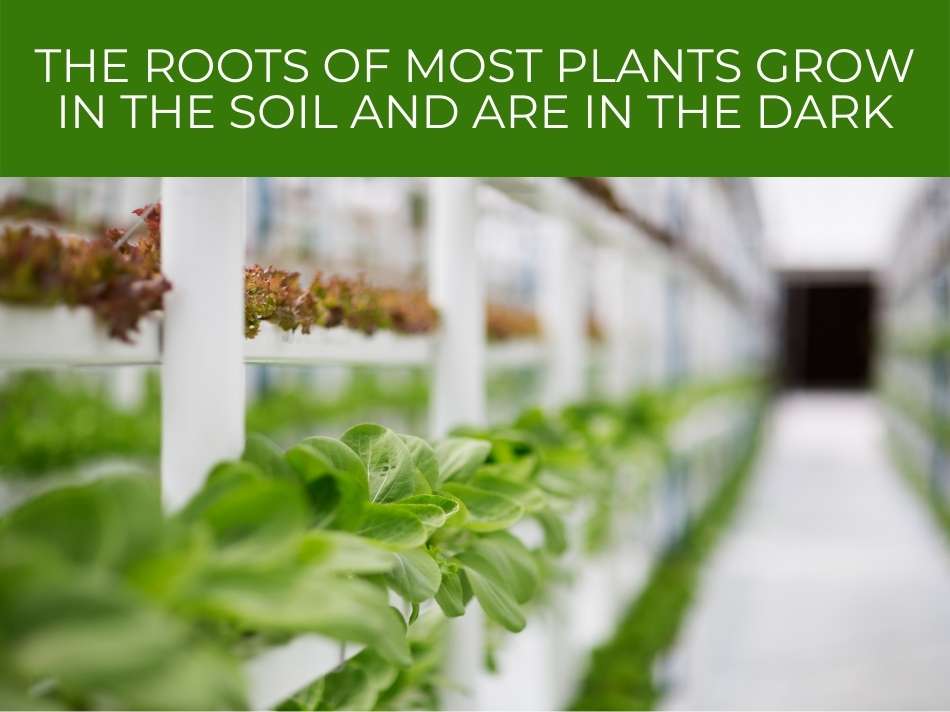
The roots of most plants grow in the soil and are in the dark.
If you are growing these plants hydroponically, they will need to be kept out of the light, which can dry out the roots.
It can also promote the growth of bacteria and algae, which can color or harm the roots.
The most damaging thing that can happen to the plants is that they develop root rot, which will stunt or even kill the plant.
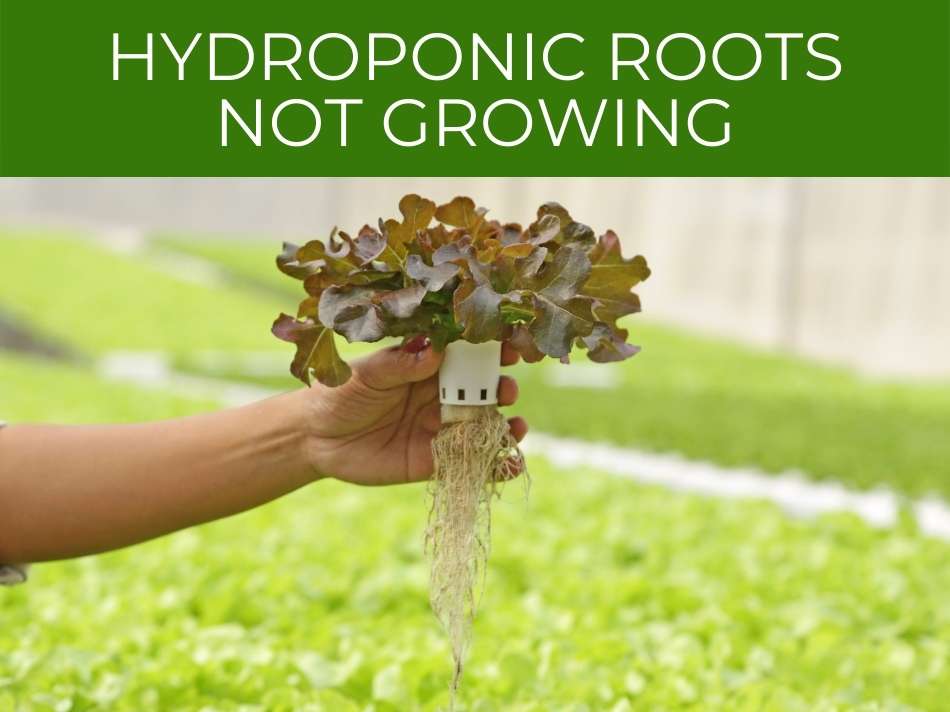
Hydroponic roots not growing
All plant roots need essential minerals and other nutrients to grow. These are absorbed by the roots and travel to the rest of the plant. They also help the roots grow. If the hydroponic solution is not balanced or if plants don’t receive enough water, the roots will not grow well.
The roots of all plants growing in a hydroponic system need to be looked after properly.
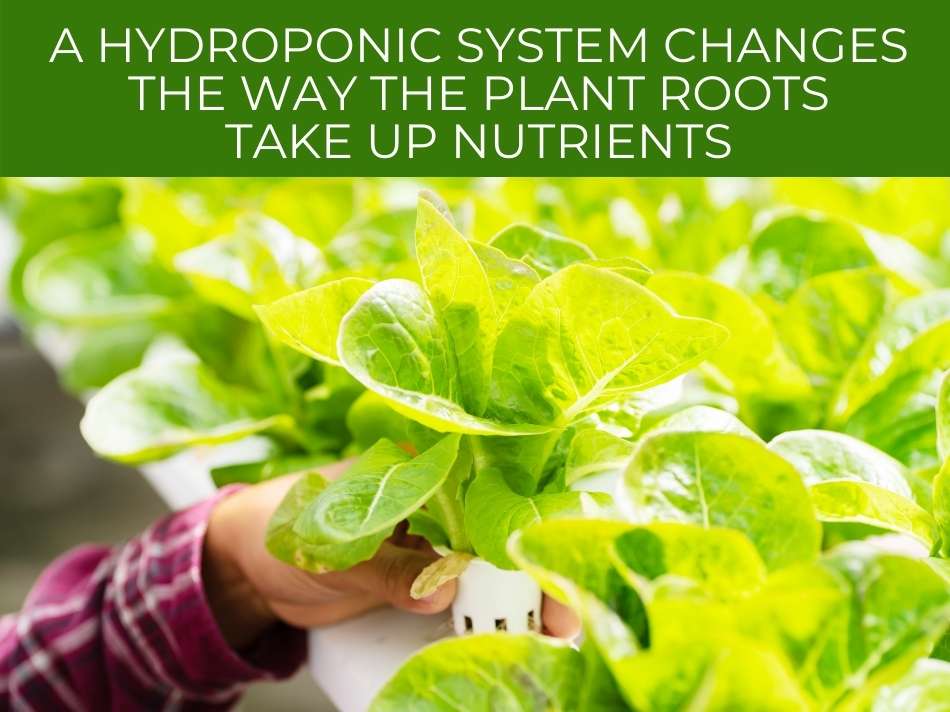
A hydroponic system changes the way the plant roots take up nutrients.
Because of the concentration of the nutrients in the water solution, the roots take up the necessary elements faster than they would in soil.
This means that the solution in which they grow needs to be balanced carefully, so that the essential nutrients are present.
A plant gets its water and essential minerals via the roots, which absorb them.
Also, root burn–when hydroponic roots turn brown–can occur if the plants don’t receive enough water.
Logically, the roots also need the nutrients to grow.
This means that the correctly balanced solution will help the roots and the plant to grow.
See how often you should change water in your hydroponic system.
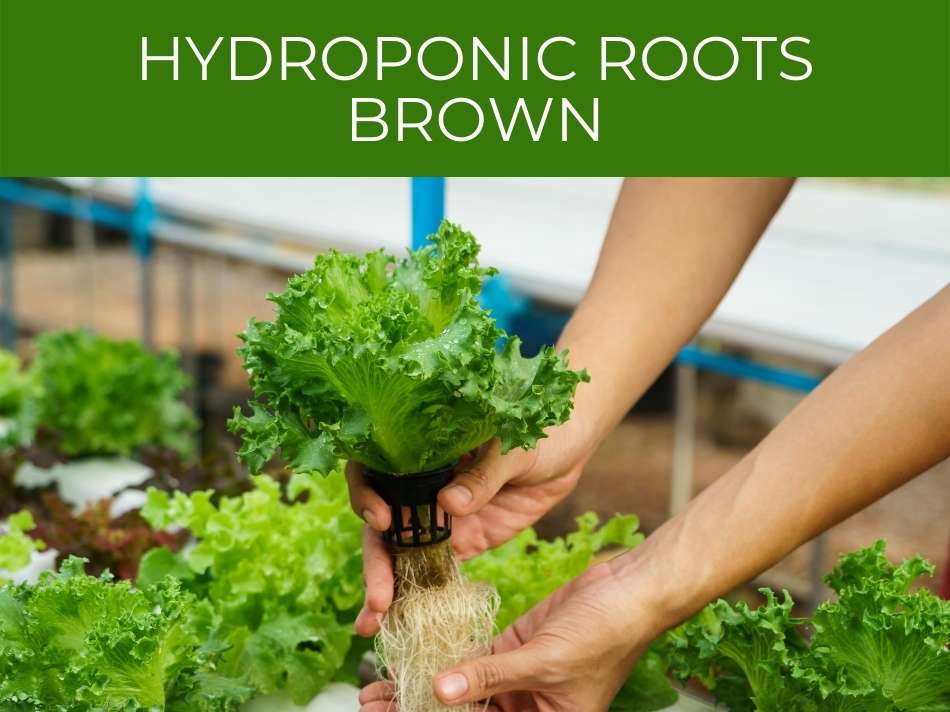
Hydroponic roots brown
If the pale roots of plants growing in a hydroponic system begin to turn brown, they may develop root rot. This means they aren’t getting enough oxygen, so bacteria & fungi grow. They coat the roots, which begin to die. Brown hydroponic roots may also indicate root burn due to lack of water.
The roots in a hydroponic system are usually whitish cream.
If the roots start going brown, you need to consider what is happening.
Roots in a hydroponic system can turn brown if they develop root rot.
Root rot is the result of fungi or bacteria affecting the roots.
The lack of oxygen gives the bacteria and fungi the conditions they need to grow.
Roots that grow in soil receive oxygen via the gaps in the soil.
Plants in a hydroponic system are growing only in water, which means they don’t always receive enough oxygen.
To prevent this, it’s necessary to re-evaluate the way the water is being filtered.
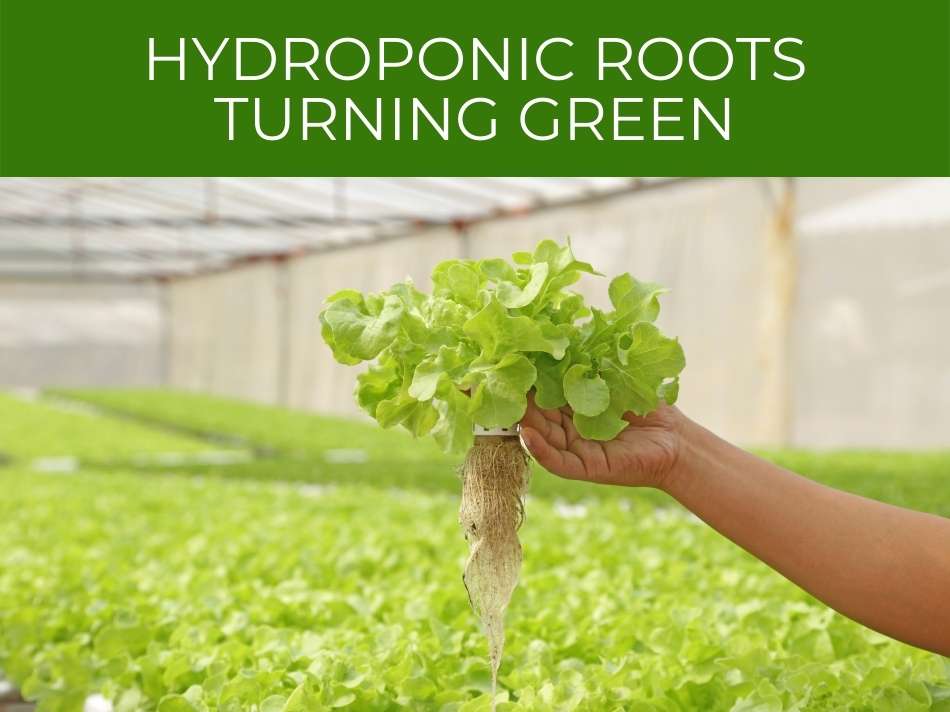
Hydroponic roots turning green
Hydroponic roots turning green is a result of algae growth. This can occur if roots are exposed to light, which causes algae to grow in the water; chlorophyll in the algae produce the green color. Keeping roots dark prevents the problem.
In a hydroponic system, the plants’ roots are exposed to light.
These are not the normal conditions under which roots grow.
Usually, they grow in soil, which means they are exposed to very little, if any, light.
When the roots in a hydroponic system receive direct sunlight, algae builds up on their surface.
The roots appear to have turned green.
Check out our guide to growing strawberries with hydroponics.
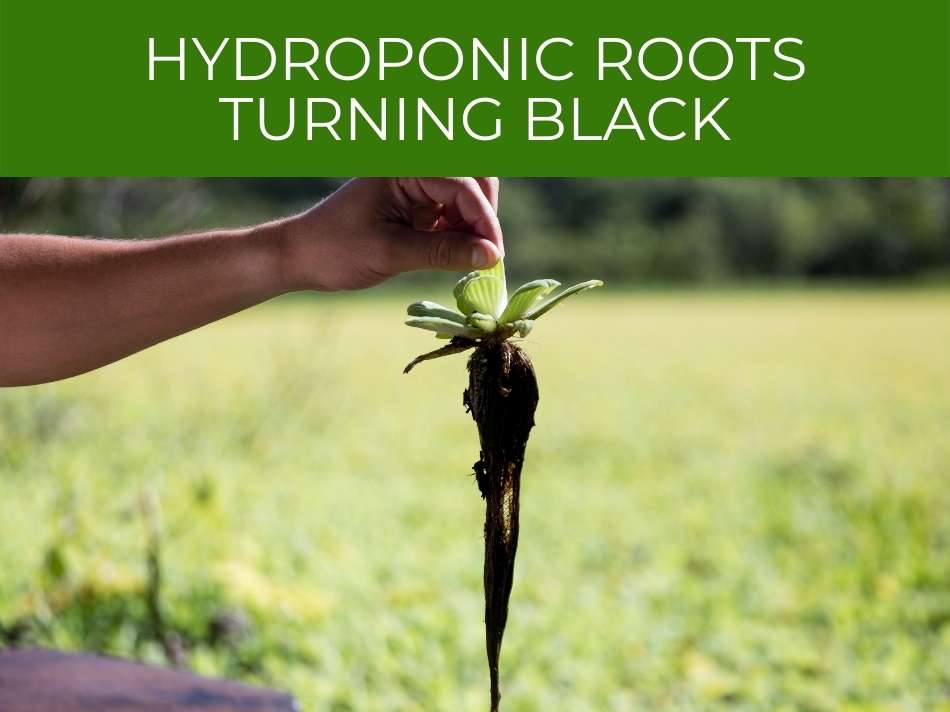
Hydroponic roots turning black
Healthy hydroponic roots are pale, but black roots can be a problem. This can be a result of natural stain, but it can also be a sign of advanced root rot. The black roots are also covered in slime, & indicate root rot. To fix the problem, remove rotting roots, or even the entire plant.
Healthy roots in a hydroponic system are usually a light cream color.
If they develop root rot, they will begin to get darker.
One of the signs of advanced root rot is the roots turning black.
Root rot occurs when the roots spend too much time in water that is not filtered correctly and doesn’t get enough oxygen.
Not only will the roots turn black, but they will be covered in slime.
They may also smell like decaying organic matter.
See our guide on growing tomatoes with hydroponics.
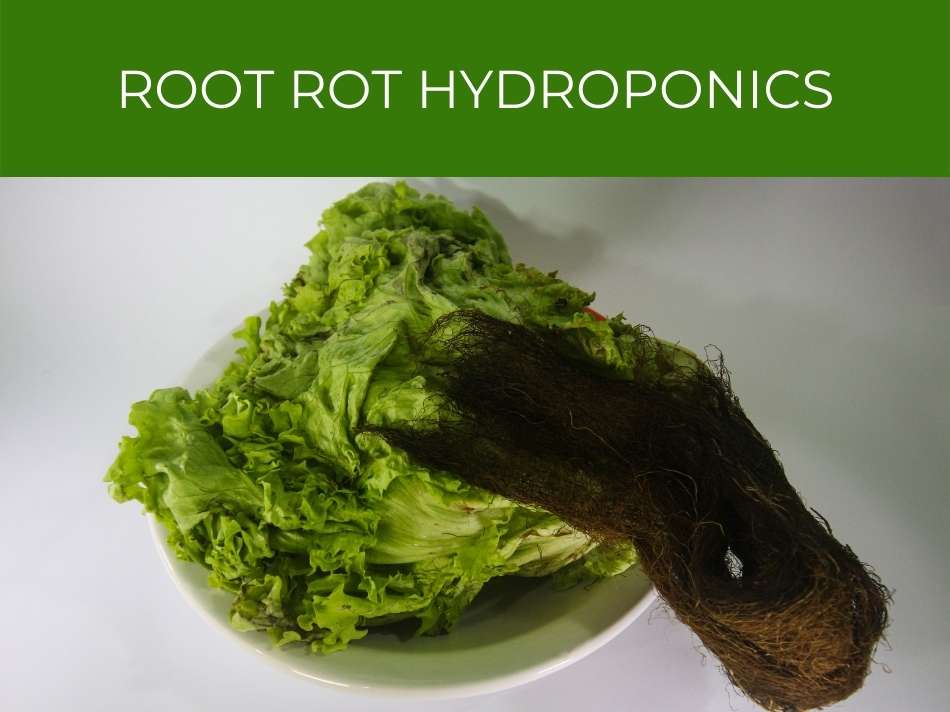
Root rot hydroponics
Root rot is the result of bacteria or fungus growing on roots, which prevents them from absorbing nutrients & oxygen. Effectively, they drown. In a hydroponic system, the roots stay in water all the time, so the system has to be well oxygenated, since high oxygen levels can prevent root rot.
Some of the signs of root rot in plants grown hydroponically can be that the leaves and stems wilt or turn brown.
When the roots are submerged in water for a long time, they can be starved of oxygen.
This can promote the growth of a fungus which prevents the roots from absorbing the nutrients.
Essentially, the plants drown, because they cannot get enough oxygen.
These are the conditions under which some bacteria and fungi grow well.
A slime develops that coats the roots.
They can no longer take oxygen in and the cells begin to die.
Read a full description of what a hydroponic solution is.
See how root rot affects plants like aloe vera.

How to fix root rot in hydroponics
To fix root rot in hydroponics, remove the roots that are rotten. The remaining roots should be rinsed and ideally disinfected before being replaced in the system. The nutrient solution the roots are in must be well-filtered and oxygenated to prevent the problem recurring.
To fix root rot in hydroponically grown plants, you will need to remove the affected roots.
Begin by shutting off the hydroponic system.
Remove the dead plants, or any that have dark roots, from the system
Cut off the rotten roots using a sharp knife or a pair of pruning shears.
You may need to cut off any rotten parts of the remaining roots.
Rinse off those remaining in clean water.
If you want to, you can disinfect the roots.
Use a form of chlorine bleach or hydrogen-peroxide solution to do this.
Check the system that filters the water.
Replace the plants in the hydroponic system.
Make sure the water is regularly oxygenated.
See how to grow lettuce with hydroponics.
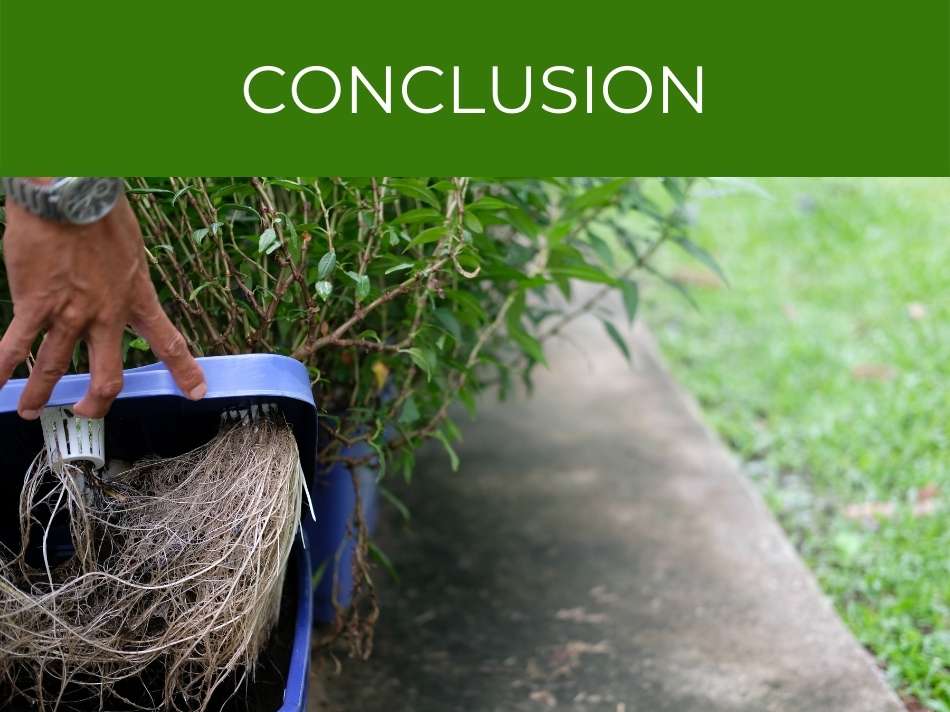
Conclusion
Growing plants hydroponically needs a little more attention and effort than growing them in soil, but it is also challenging and interesting.
You will need to make sure that the water and nutrient solution in the hydroponic system is well-filtered and oxygenated, which will help to avoid the plants’ roots developing root rot.

